Tag: Dahlgren gun
 Wikipedia says: Dahlgren guns were muzzle-loading naval artillery designed by Rear Admiral John A. Dahlgren USN (November 13, 1809 – July 12, 1870), mostly used in the period of the American Civil War. Dahlgren’s design philosophy evolved from an accidental explosion in 1849 of a 32-pounder being tested for accuracy, killing a gunner. He believed a safer, more powerful naval cannon could be designed using more scientific design criteria. Dahlgren guns were designed with a smooth curved shape, equalizing strain and concentrating more weight of metal in the gun breech where the greatest pressure of expanding propellant gases needed to be met to keep the gun from bursting. Because of their rounded contours, Dahlgren guns were nicknamed “soda bottles”, a shape which became their most identifiable characteristic.
Wikipedia says: Dahlgren guns were muzzle-loading naval artillery designed by Rear Admiral John A. Dahlgren USN (November 13, 1809 – July 12, 1870), mostly used in the period of the American Civil War. Dahlgren’s design philosophy evolved from an accidental explosion in 1849 of a 32-pounder being tested for accuracy, killing a gunner. He believed a safer, more powerful naval cannon could be designed using more scientific design criteria. Dahlgren guns were designed with a smooth curved shape, equalizing strain and concentrating more weight of metal in the gun breech where the greatest pressure of expanding propellant gases needed to be met to keep the gun from bursting. Because of their rounded contours, Dahlgren guns were nicknamed “soda bottles”, a shape which became their most identifiable characteristic.
During the Mexican–American War the U.S. found itself lacking in light guns that could be fired from ships’ boats and landed to be used as light artillery in support of landing parties. Light artillery borrowed from the army proved unsatisfactory. In 1849, then-lieutenant Dahlgren began to design a family of smoothbore muzzle-loading boat howitzers that could be mounted in ships’ launches and cutters as well as being mounted onto field carriages. The first boat howitzers to be designed were a light 12 lb (5.4 kg) “12-pounder”, a heavy 12-pounder (originally designated a “medium”), and a 24 lb (10.9 kg) “24-pounder”. Later a lighter 12-pounder (the “small”) and a rifled 12-pounder heavy howitzer were introduced. All of the boat howitzers were very similar in design, cast in bronze, with a mounting lug or loop on the bottom of the barrel instead of trunnions, and an elevating screw running through the cascabel. Having the single mounting lug expedited moving the howitzer from the launch to field carriage and back. In naval service the boat howitzers had gun crews of 10 in the boat and 11 ashore.
The field carriage was made of wrought iron. No limber was used in naval service, but two ammunition boxes (each containing nine rounds) could be lashed to the axle of the field carriage. Members of the gun crew also carried a single round in an ammunition pouch. The smoothbore boat howitzers fired shell, shrapnel, and canister. The rifled 12-pounder fired shot and shell. Percussion primers were used in naval service, but the howitzers could also use friction primers obtained from the army.
The small and the light 12-pounder boat howitzers were not popular. The heavy 12-pounder howitzers were most popular at their intended jobs, while the 24-pounder boat howitzer were found to serve excellently as primary and secondary armaments on river gunboats and similar small vessels. Some 24-pounder boat howitzers were apparently rifled, but some contemporary accounts confuse rifled 24-pounder boat howitzers and the 20-pounder rifles.
Aside from use in naval service, boat howitzers saw service with the land forces as well. The boat howitzers were occasionally used in artillery batteries, but were more often used in infantry units, in a role that would later be called infantry support guns.
At First Bull Run, Company I of the 71st New York Infantry Regiment brought two boat howitzers with them. The unit had trained on boat howitzers while deployed at Washington D.C., and when called to Bull Run, brought two of them along. When the regiment retreated they left the howitzers behind for the Confederate forces to capture.
During the Antietam Campaign, Whiting’s Battery (Company K, 9th NY Infantry (Hawkins’ Zouaves)), employed five Dahlgren boat howitzers (two rifled, two smoothbore, and one of indeterminate type). The howitzers fired on Confederate skirmishers at Snavely’s Ford and suppressed them. The Confederate Grimes’ (Portsmouth) Battery had two smoothbore Dahlgren boat howitzers, with which they fought near Piper’s Stone Barn. The boat howitzers appeared to be popular—when Grimes’ battery was forced to turn in one of its guns, it chose to turn in a three-inch ordnance rifle rather than one of its boat howitzers.
The 1st New York Marine Artillery Regiment (“Howard’s Artillery, Naval Brigade”) also armed themselves with boat howitzers, using them for their designed use of amphibious expeditions. The unit participated in 16 raids along the North Carolina coast employing their boat howitzers. The New York Marine Artillery was issued twelve 12-pounder rifled boat howitzers made by Norman Wiard out of semi-steel, a low-carbon iron alloy. Other than the material used, the Wiard boat howitzers were identical to the Dahlgren 12-pounder rifled boat howitzers. The Wiard howitzers were not made in large numbers.
Boat howitzers were used in the western theaters also. The Indiana Brigade used a Dahlgren boat howitzer in fighting near Grand Prairie, Arkansas, on July 5, 1862.
While boat howitzers were never commonly used by either army, by the end of the war their use by land forces was very rare.
Showing 1–16 of 68 resultsSorted by latest
-

Image ID: AYJU
-

Image ID: ARXJ
$5.99 -

Image ID: AVTN
$4.99 -

Image ID: ARYU
$5.99 -

Image ID: ASHP
$5.99 -
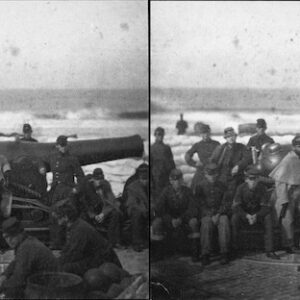
Image ID: ARXF
$5.99 -
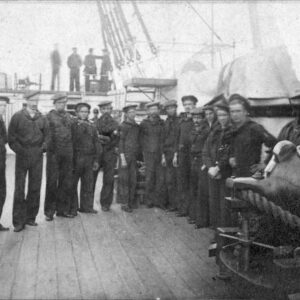
Image ID: AVRL
$3.99 -

Image ID: ARET
$6.99 -
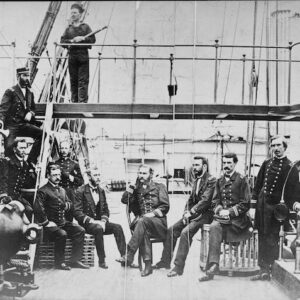
Image ID: AQCH
$5.99 – $6.99 This product has multiple variants. The options may be chosen on the product page -
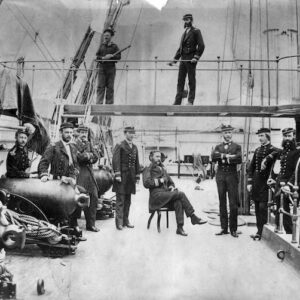
Image ID: AYPA
$6.99 -

Image ID: AQCP
$6.99 -

Image ID: AQBB
$3.99 -

Image ID: AQBO
$5.99 -
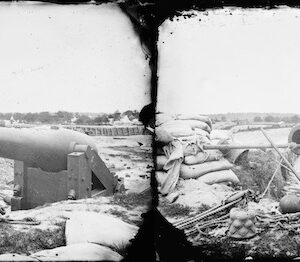
Image ID: AROI
$5.99 -

Image ID: ANAV
$7.99 -
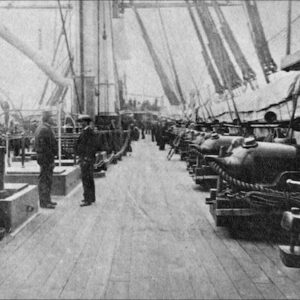
Image ID: ANDS
$3.99